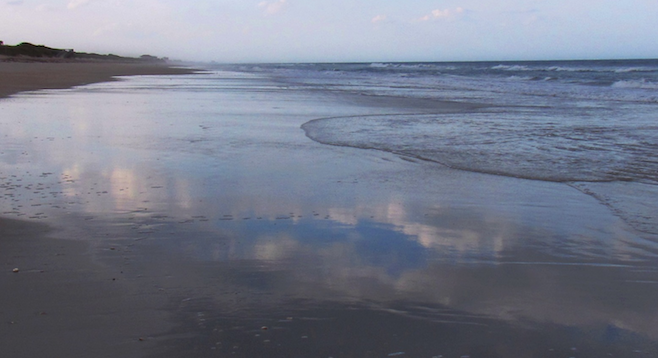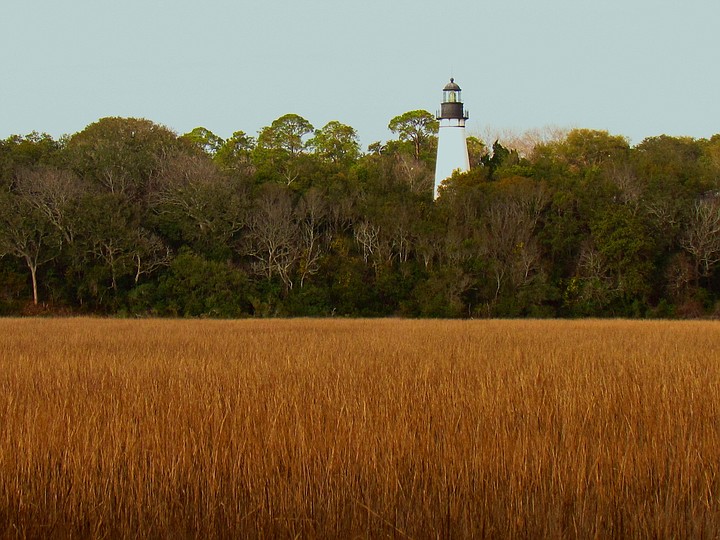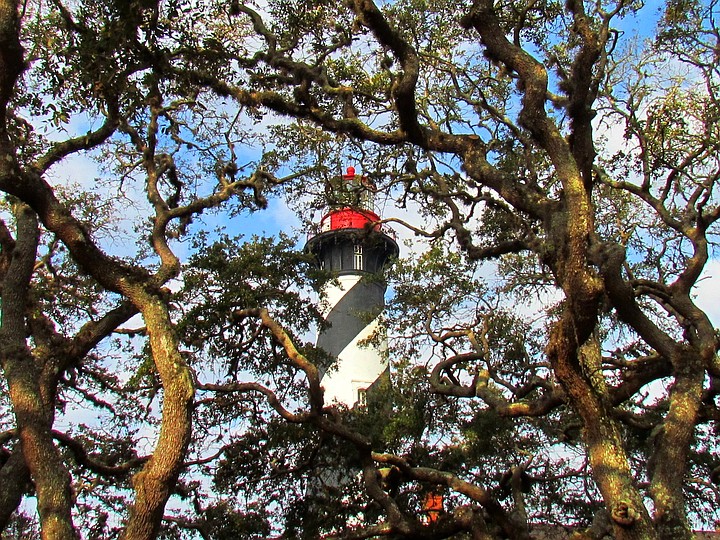 Facebook
Facebook
 X
X
 Instagram
Instagram
 TikTok
TikTok
 Youtube
Youtube

California isn't the only state that holds claim to a scenic coastal drive. With more miles of coastline than any other state in the contiguous lower forty-eight, Florida has several.

State Road Atlantic 1 Alternate (A1A) hugs the Atlantic Ocean for 329 miles – from Fernandina Beach on Amelia Island just over the Georgia border all the way to Key West at the southern tip of the peninsula. Routes 41, 19, 27A and 98 form the Gulf Coast Waters Scenic Highway stretching from the Everglades to the panhandle.
A designated National Scenic Byway, historic SR A1A runs parallel to Route 1 along the state’s Atlantic barrier islands, separated from the mainland by the Intracoastal Waterway. As with the Pacific Coastal Highway, it too is entrenched in surf culture. Both Daytona Beach and Fort Lauderdale have been spring break destinations since the early in the 1960s. And borrowing from Laguna lifeguards on the Pacific coast, skimboarding has become ultra-popular, with the flatlanding scene growing fast.
The palm-lined white sand beaches stretching the length of this East Coast byway attract surf fishing enthusiasts and birders as well. Situated along the Atlantic Flyway, the area is studded with salt marsh estuaries and wildlife reserves.

North of Cape Canaveral, Florida’s Canaveral National Seashore encompasses 24 miles of shoreline (left) – the longest stretch of undeveloped public beach on the east coast of Florida – and provides refuge for a plethora of threatened animals, including several species of sea turtles, West Indian manatees and the endangered Wood Stork.
Florida’s coastline is studded with pristine award-winning parks, several of which host backcountry camping. Canaveral National Seashore’s North District, for instance, has two primitive beachfront campsites and 12 boat-access island sites in the Intracoastal Waterway’s manatee zone. Although Canaveral National Seashore attracts more than a million visitors a year, solitude’s easily found – half the shoreline is only accessible by horseback or foot.
Likewise, the 10 primitive island campsites at Garden Key on Dry Tortugas National Park that lie 70 miles west of Key West are only accessible by water.
On the barrier islands protecting Florida's western coast are miles of undeveloped sugar-sand beaches within the state park system with primitive camping. Anclote Key, Caladesi Island, Cayo Costa, St. George Island and St. Joseph Peninsula state parks all provide beach camping along the Gulf Coast.

Along with its 1,800-plus miles of coastline, Florida has some of the nation’s oldest and tallest lighthouses in its collection of 30, many of which are publicly accessible. The Lighthouse Trail tours the entire periphery of the state using these coastal byways, passing the St. Augustine Lighthouse (left) south to the Key West Lighthouse and back up to the Boca Grande Lighthouse on Gasparilla Island and Pensacola Lighthouse, with many others in between.


California isn't the only state that holds claim to a scenic coastal drive. With more miles of coastline than any other state in the contiguous lower forty-eight, Florida has several.

State Road Atlantic 1 Alternate (A1A) hugs the Atlantic Ocean for 329 miles – from Fernandina Beach on Amelia Island just over the Georgia border all the way to Key West at the southern tip of the peninsula. Routes 41, 19, 27A and 98 form the Gulf Coast Waters Scenic Highway stretching from the Everglades to the panhandle.
A designated National Scenic Byway, historic SR A1A runs parallel to Route 1 along the state’s Atlantic barrier islands, separated from the mainland by the Intracoastal Waterway. As with the Pacific Coastal Highway, it too is entrenched in surf culture. Both Daytona Beach and Fort Lauderdale have been spring break destinations since the early in the 1960s. And borrowing from Laguna lifeguards on the Pacific coast, skimboarding has become ultra-popular, with the flatlanding scene growing fast.
The palm-lined white sand beaches stretching the length of this East Coast byway attract surf fishing enthusiasts and birders as well. Situated along the Atlantic Flyway, the area is studded with salt marsh estuaries and wildlife reserves.

North of Cape Canaveral, Florida’s Canaveral National Seashore encompasses 24 miles of shoreline (left) – the longest stretch of undeveloped public beach on the east coast of Florida – and provides refuge for a plethora of threatened animals, including several species of sea turtles, West Indian manatees and the endangered Wood Stork.
Florida’s coastline is studded with pristine award-winning parks, several of which host backcountry camping. Canaveral National Seashore’s North District, for instance, has two primitive beachfront campsites and 12 boat-access island sites in the Intracoastal Waterway’s manatee zone. Although Canaveral National Seashore attracts more than a million visitors a year, solitude’s easily found – half the shoreline is only accessible by horseback or foot.
Likewise, the 10 primitive island campsites at Garden Key on Dry Tortugas National Park that lie 70 miles west of Key West are only accessible by water.
On the barrier islands protecting Florida's western coast are miles of undeveloped sugar-sand beaches within the state park system with primitive camping. Anclote Key, Caladesi Island, Cayo Costa, St. George Island and St. Joseph Peninsula state parks all provide beach camping along the Gulf Coast.

Along with its 1,800-plus miles of coastline, Florida has some of the nation’s oldest and tallest lighthouses in its collection of 30, many of which are publicly accessible. The Lighthouse Trail tours the entire periphery of the state using these coastal byways, passing the St. Augustine Lighthouse (left) south to the Key West Lighthouse and back up to the Boca Grande Lighthouse on Gasparilla Island and Pensacola Lighthouse, with many others in between.
Comments